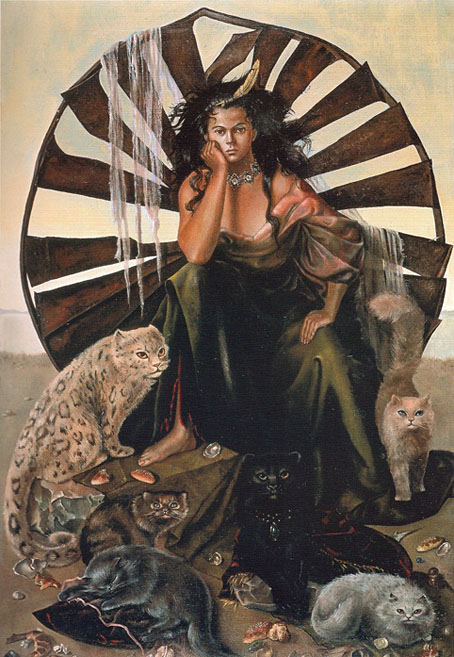The sound on this old VHS recording is terrible, as the uploader admits, but I’ll write about the programme as a placeholder in the hopes that a better copy turns up one day. The vase in question is the Portland Vase, a vessel believed to have been made in Rome during the reign of Augustus, which has been housed in the British Museum since 1810. The vase is notable for being an exceptional example of cameo glasswork, a type of decorated glass in which an object is fashioned in one colour then dipped into a pool of glass of a second colour to create an extra coating. Once the glass has hardened, portions of the outer coat are carefully carved away, leaving a surface of relief decoration. The carving process can take years to complete. Josiah Wedgewood’s famous jasperware was a ceramic imitation of cameo glass; Wedgewood even borrowed the vase for a while to make a copy.
The Portland Vase fragments (1845) by Thomas H. Shepherd.
The other notable fact about the Portland Vase is that it was smashed to pieces in 1845 by a drunken student, and has since been pieced together on three separate occasions, the first time shortly after its destruction, the second time in 1948 when the vase was dismantled and reassembled using shellac to fill some of the gaps between the larger pieces. The most recent reconstruction in 1989 was filmed by the BBC for this episode of Chronicle, a process which once again required the careful dismantling of the vase then its rebuilding using more durable glues and filling materials. Reading about these reconstructions had me wondering about the logistics of dismantling a 2000-year-old antique, especially one fashioned from such a fragile material. Conservators Nigel Williams and Sandra Smith spent nine months working with 230 fragments. If you share my curiosity about their work, this damaged recording is worth persevering with, the film provides a rare opportunity to see in detail the restoration of one of the world’s great art treasures. It’s also a reminder to myself to go and see the vase the next time I’m near the British Museum, which I often am when I visit London. Despite having visited the museum many times, the vase is one exhibit I’ve yet to see.


















